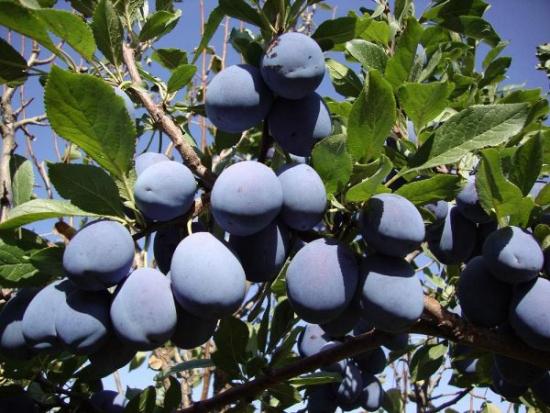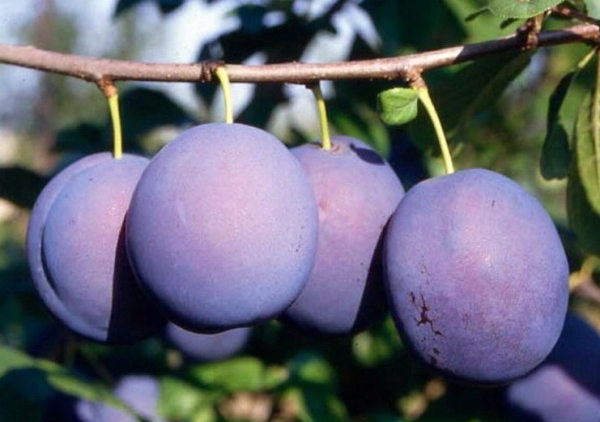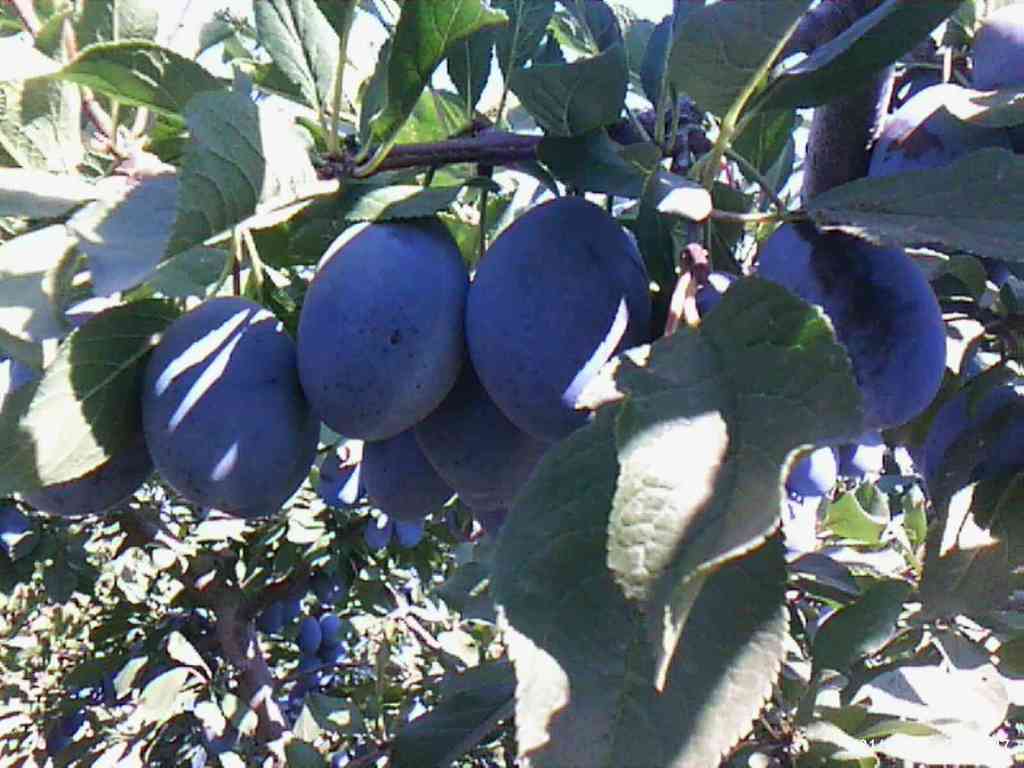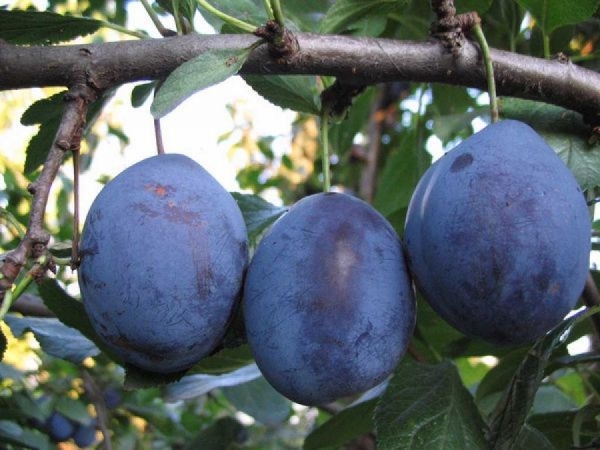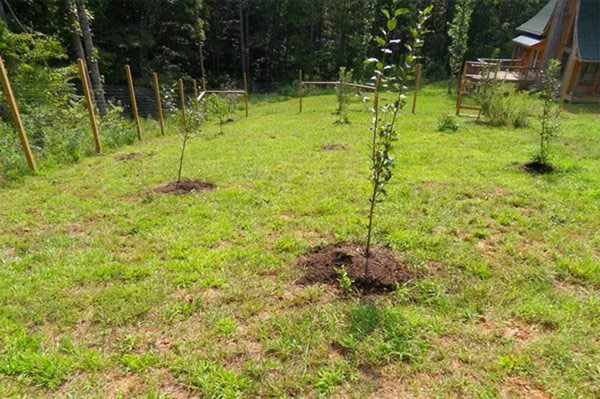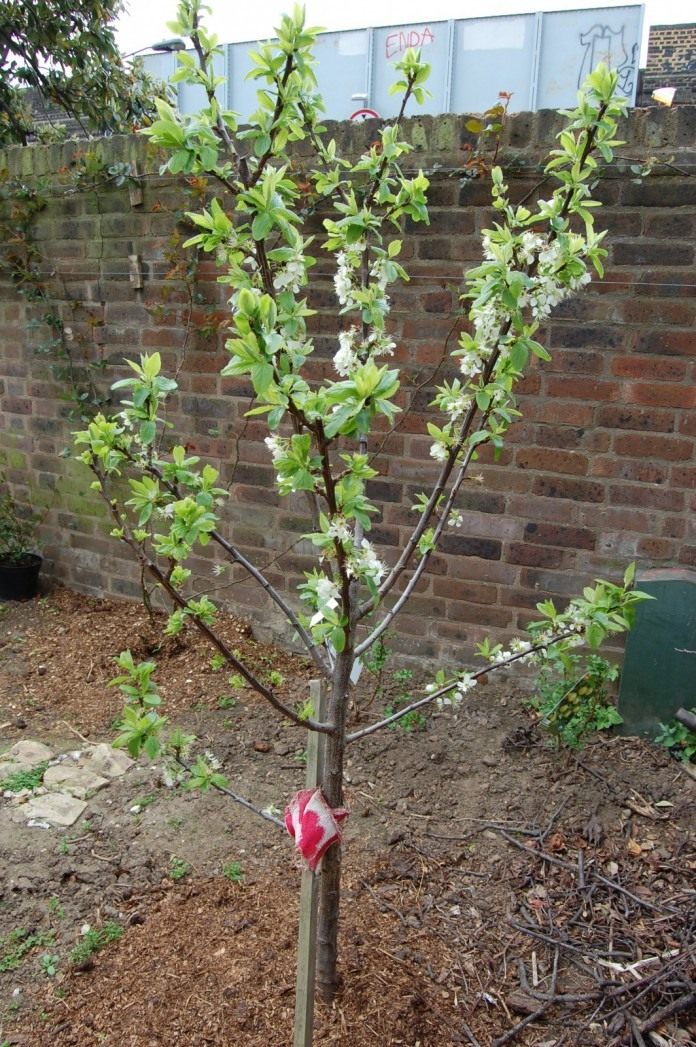Content
Plum Prunes were bred by crossing related crops: cherry plum and wild thorn. There is also another opinion that the Adyghe Prune hybrid was obtained from unknown parents. Many novice gardeners under this name mean other varieties of plums with dark fruits, which is fundamentally wrong. The main purpose of the fruits of this culture is to obtain dried fruit.
Breeding history of the variety
There is no exact information about the origin of the Prune variety. Most often, this name means thorny. It was she who was obtained by crossing cherry plum with wild thorns. Sometimes there is information that Prunes were brought out in 37 of the last century at the Maykop station. The result is a hybrid, but his parents are unknown. The variety was named Adyghe Prune and was included in the State Register in 88 of the last century. It is this culture that will be discussed further.
In everyday life, prunes are usually called dried plums that have been smoked. To obtain a popular product, the Stenley plum variety is most often used. The culture was brought out by an American breeder in the 26th year of the last century. Stanley has been listed in the State Register since 1983.
Hungarian prunes are also made from plums, since its fruits lend themselves well to drying and are highly saturated with sugar. There are several varieties of Hungarian. The most common varieties are:
- Italian Hungarian distributed in the southern regions. The heat-loving mid-season variety is capable of freezing out in cold regions. The plum is self-fertile and does not require pollinators. The tree grows up to 5 m high. The crown diameter is about 6 m. The plum does not tolerate drought, bears fruit for 4 years after planting. The yield reaches 50 kg per tree. Fruit weight is about 35 g.
- Home Hungarian bears fruit weighing 20 g. Variety of plum Late prune, thermophilic, begins to bear fruit from the age of 7. The tree grows up to 6.5 m high. Productivity is about 150 kg.
- Hungarian Wangenheim is considered a frost-resistant crop. Plum variety Early prunes, disease resistant, take root on poor soils. The yield of an adult tree reaches 60 kg, but the inflorescences require cross-pollination. Fruiting begins at the age of 6. Fruit weight reaches 30 g.
- Hungarian Korneevskaya differs in frost and drought resistance. The variety is self-fertile. No pollinators are needed. In terms of ripening, the plum is mid-ripening. Fruiting begins after 6 years. At this time, the yield reaches 30 kg. Fruit weight is about 35 g.
The plum variety Renklod Karbysheva is well suited for the production of prunes. The tree is self-fertile, tolerates frost well. Fruit weight is about 40 g. The stone is easily separated from the pulp.
The mid-season Blue Bird variety is also used in the production of prunes. Fruiting of a seedling occurs in the third year from the moment of planting. The variety is self-fertile, resistant to frosty winters. Fruit weight is about 45 g. The stone is easily separated from the pulp.
You can dry prunes from the Raisin-Eric plum variety. The culture is thermophilic, southern. The homeland of the mid-late variety is Crimea. Pollinators are required for fruiting. The yield of an adult tree reaches 115 kg.Fruit weight is about 10 g.
The plum Uralsky prune, which is also called the Prunes of the Urals, was derived from the plum variety P-31. Another parent of the hybrid is the Ussuri plum. As a result, when all varieties were crossed, a late prune was obtained from the Ussuri plum, which is distinguished by good frost resistance. The fruits grow medium in size, weighing no more than 16 g. The tree grows up to 2 m high. The variety is not self-fertile. The best pollinators are Ussuriysk plums and Uralskaya red.
The video compares prunes with common varieties of plums:
Description of plum variety Prunes
Now we will take a look at what the plum looks like Prunes, which are widespread in households. Trees grow tall with a spreading crown. The average height of the plum is about 4 m. The length of the fruit branches does not exceed 50 cm. The plum produces large flower buds. The foliage grows slightly shriveled. The sheet plate is strong and thick.
The fruits of the Prune variety are large, weighing from 40 to 45 g. The skin of the plum is dark blue, when fully ripe it becomes black. The fruit has a hollow near the stalk and a vertical stripe running through the entire fruit. The plum is round or slightly elongated in the form of an oval. Despite the rough skin, the pulp of the prune is juicy and permeated with fibers. The bones are well separated.
The Prune variety is suitable for growing in the middle lane. Numerous reviews of summer residents about the plum of prunes in the Leningrad region indicate that the culture tolerates winters well. Due to the fact that the culture is self-fertile, a large yield is guaranteed even in the absence of pollinators growing nearby.
Variety characteristics
Prunes are not to be confused with regular blue plums. To get to know the culture better, let's take a look at its characteristics.
Drought resistance, frost resistance
Prunes are considered a frost-resistant variety. Plum easily tolerates drought, but loves watering. In winter, fruit branches rarely freeze.
Plum pollinators Prunes
In terms of ripening, Prunes are classified as mid-late varieties. Flowering begins in spring at the same time as foliage appears. Plum is considered self-fertile, not requiring growth by a number of pollinators.
Productivity and fruiting
The variety is considered to be high yielding. Rare interruptions may occur in fruiting. Many fruits are tied. The tree can shed excess plums.
Scope of berries
The main area of application of Prunes is the production of dried fruits. About 22% of the finished product is obtained from fresh plums. Prunes are usually smoked. Fresh plums are used for conservation, stewed fruit, jam, and tinctures.
Disease and pest resistance
Plum is resistant to all fungal diseases. Pests in the form of aphids, sawflies, scale insects can settle on a tree. Preventive spraying helps prevent crop destruction.
Advantages and disadvantages of the variety
Prunes have the following positive qualities:
- a self-fertile variety can be grown alone without the obligatory planting of a pollinator;
- abundant fruiting, high yield;
- plum adapts to the climatic conditions of the region and is not too demanding on the soil;
- the variety is well resistant to fungal diseases;
- excellent winter hardiness allows you to grow plums in the middle lane, the Leningrad region, the Moscow region;
- The culture is drought tolerant.
Of the negative qualities, only the rough skin of the fruit and breaks in fruiting can be distinguished.
Landing features
Prunes can be grown according to the same rules as a regular plum. Let's consider in detail the nuances of agricultural technology.
Recommended timing
Plum seedlings are best planted in early spring. In the southern regions, planting time falls in March. Gardeners of the middle lane and the Moscow region plant plums no later than the second decade of April. It is advisable to prepare the hole in the fall or not earlier than two weeks before planting.
Choosing the right place
Plum Prunes like to grow in hot areas. The tree can be planted in any place where there are no drafts and waterlogged soil. The culture takes root well along buildings or a fence.
Despite its drought tolerance, plum loves moderately moist soil. If there is such a plot in the yard, then you can safely plant a tree here.
Like any plum, Prunes love loose, light soil. When planting in clay or black soil, sand is added for looseness. The high acidity of the soil also has a bad effect on the tree. The indicator is reduced by introducing lime into the soil. If layers of groundwater are located high on the site, the drain will not grow. Alternatively, you can try to plant a seedling on a hill.
What crops can and cannot be planted nearby
Plum loves loneliness, but does not refuse to be close to other fruit trees. You cannot plant any kind of currant, walnut, coniferous trees, birch nearby. A pear is considered a bad neighbor. Plum is friendly with all other fruit trees, but the distance necessary for the development of roots and crown must be observed.
Selection and preparation of planting material
Prune saplings can be taken from friends by digging up young shoots. However, planting material from the nursery is considered the best. The seedling can be sold with open and closed root systems. The latter option is better in terms of survival rate. The main requirement for good seedlings is the presence of a developed large root, lateral branches, and living buds. The bark should be smooth without cracks or damage.
Landing algorithm
For spring planting of plums, the hole is usually prepared in the fall. After plowing the land, weed roots are removed from the site. A hole is dug up to 70 cm wide and deep. If the soil is heavy, the depth of the hole is increased by 15 cm. The added space is covered with a drainage layer of stone or gravel.
Fertile soil is mixed with manure or compost in a 1: 2 ratio. The finished mixture is poured into the hole, covered with insulation for the winter. In the spring, before planting prunes, part of the soil is removed from the pit to accommodate the root of the seedling.
For a seedling with an open root system, a support stake is driven in the center of the pit. If the plum is bought with closed roots, growing in a container, it is carefully removed and, together with a lump of earth, is lowered into the hole. A support stake is not needed for such a seedling. Backfilling is carried out with fertile soil previously removed from the pit. The seedling is watered, the trunk circle is mulched with peat.
Plum follow-up care
Immediately after planting, the plum is watered until the tree takes root well. Initially, pruning is done to help shape the crown. In the future, old and dry branches are removed. Prunes sprout up a lot of young growth. It must be cut at least four times per season.
An adult tree is watered up to 6 times per season. Be sure to need moisture after flowering, during the ovary, at the end of the harvest, in late autumn before wintering.
The video tells about the spring feeding of plums:
The seedling initially has enough nutrients introduced during planting. In the second year, prunes are fed with urea in early spring and in June. From the third year of life, the first feeding is applied at the beginning of May. The plum is poured with a urea solution, dissolving 30 g of the drug in 10 liters of water. At the beginning of June, a second top dressing is done with a solution of 3 tbsp. l. nitrophosphate and 8 liters of water. The last feeding of Prunes falls on the beginning of August. The solution is prepared from 2 tbsp. l. potassium and superphosphate per 10 liters of water.
Diseases and pests, methods of control and prevention
The plum variety is resistant to fungal infections, but in case of manifestation, the tree is sprayed with 1% Bordeaux liquid. Severe damage can only be eliminated with the systemic fungicide Hom. With manifestations of moniliosis, the plum is sprayed with the preparation Skor.
It is important to carry out preventive treatment with drugs from pests. Aphids, scale insects, sawflies, weevils can destroy the crop and the tree itself. In the fall, fallen fruits and foliage are necessarily removed from the ground. Many pests hibernate in organics. In the spring they will again move to a healthy tree.
Conclusion
Plum Prunes in cultivation are no different from ordinary plums. Having planted one tree in the yard, the family will be provided with fresh fruits and delicious dried fruits.
